What does coexistence actually mean? Where does the trail start and the bike park end? What is the difference between a skill center, a trail center and a VELOPARK? And what exactly is this slow traffic that everyone is talking about? We'll explain.
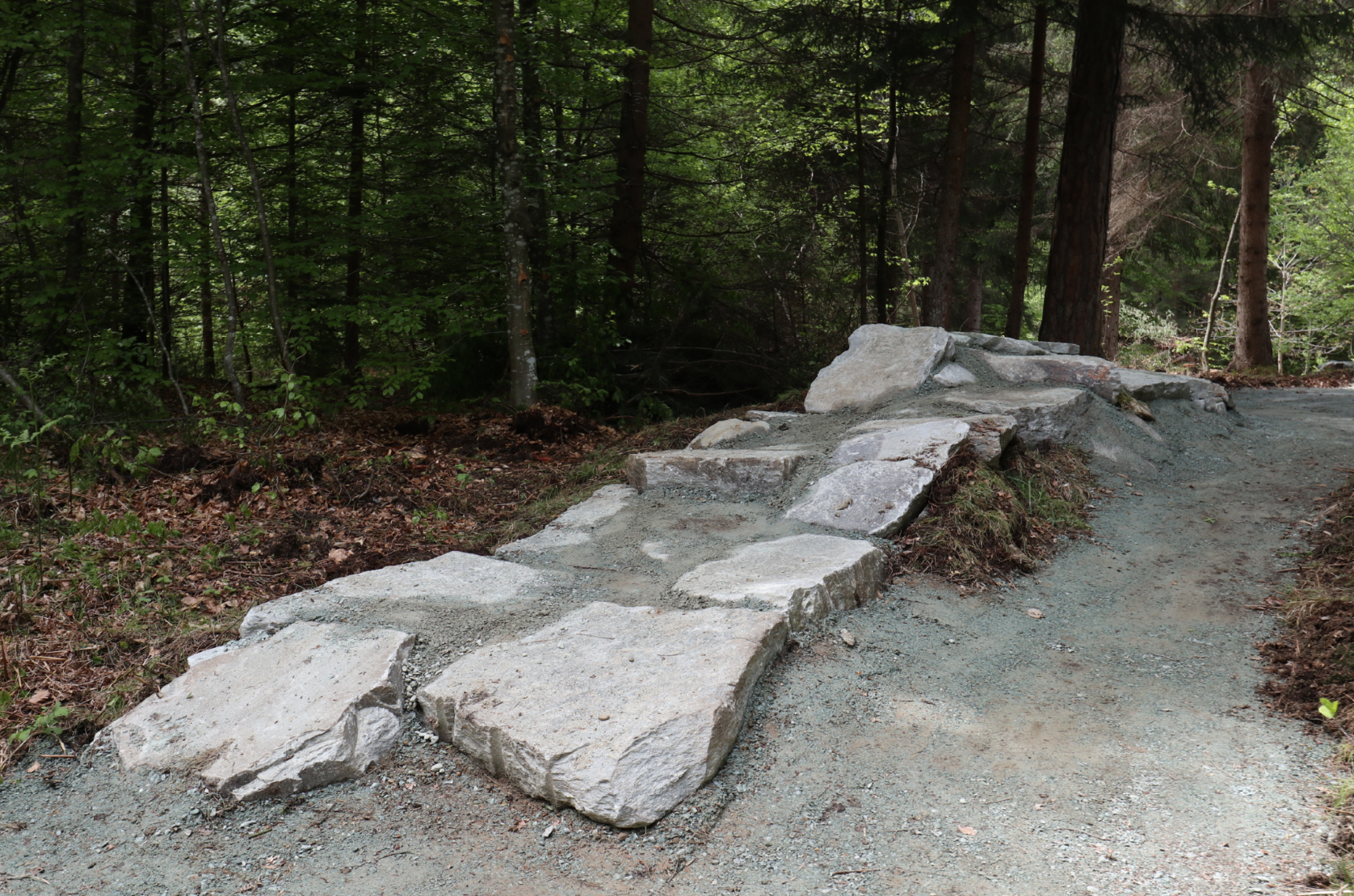
The bike park can be designed as a downhill park (with or without lift support) or as a facility on flat terrain for advanced bikers and young people. The bike park can also include dirt jumps or a pump track.
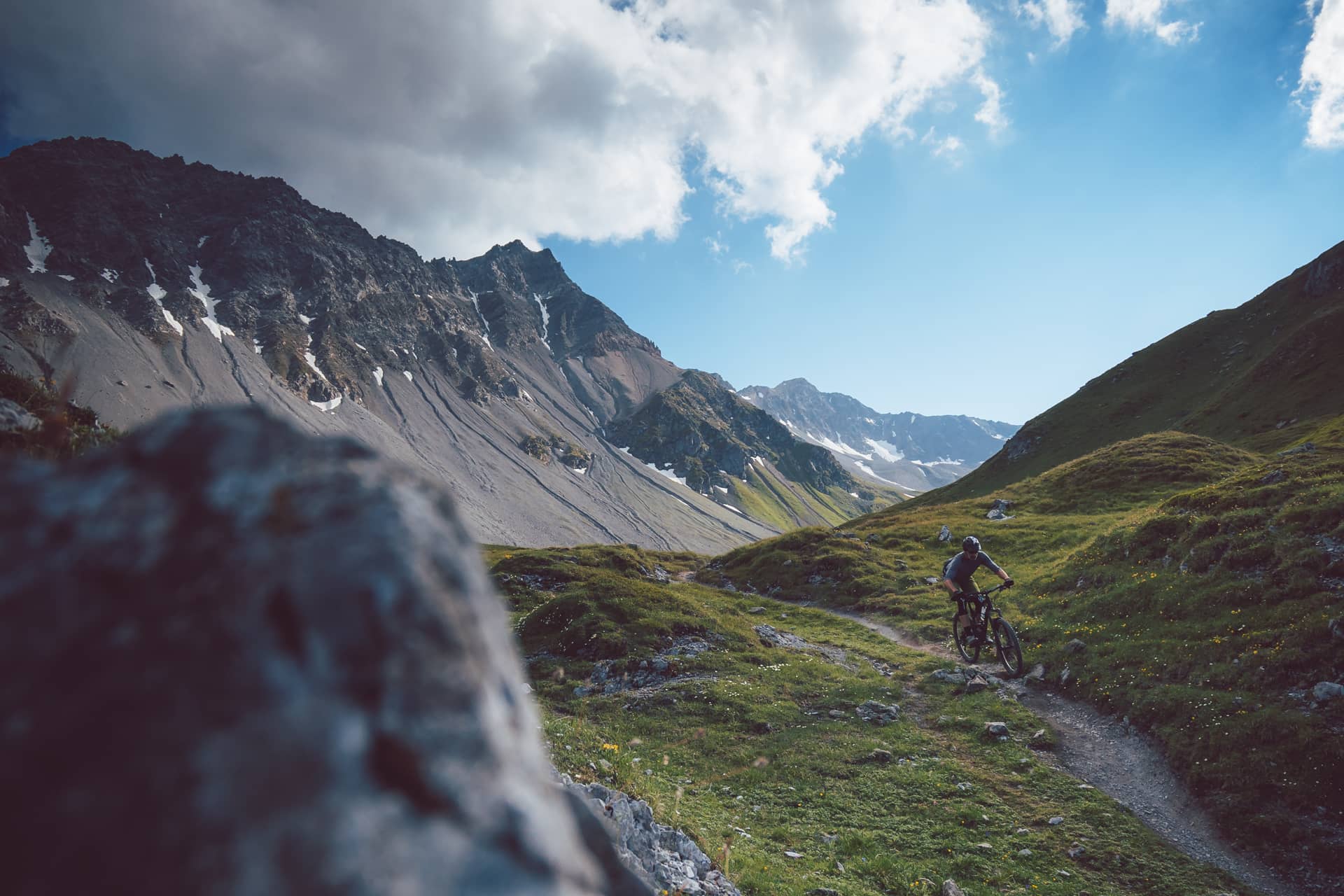
From singletracks to flow trails — whether technical, playful, or packed with airtime: our international team of experts designs, constructs, and renovates all types of mountain bike trails. Our approach is nature-based, authentic, and rooted in sustainability.
Our benchmark studies provide a comprehensive comparison of your region with leading trail destinations, revealing strengths and development potential, and identifying best practices in trail tourism.
Market demand assessment for trail destinations identify specific requirements and wishes of the target groups in trail tourism in order to develop targeted, customer-specific offers that ensure high levels of satisfaction and long-term loyalty.
Inventory and needs analyses provide a clear picture of existing trail infrastructure and identify future requirements. This forms the basis for sound planning and sustainable development in the region.
Here we talk about ideas and visions, unbiased and honest. Collect inspiration and new thoughts on your and our favourite topics
Submission reports and permit processes are critical components of trail development. They ensure compliance with local laws and environmental standards, enabling smooth and lawful project execution.
Submission reports and permit processes are critical components of trail development. They ensure compliance with local laws and environmental standards, enabling smooth and lawful project execution.
The Fairtrail campaign promotes awareness and respectful behavior on trails in order to reduce conflicts between different user groups and support positive coexistence.
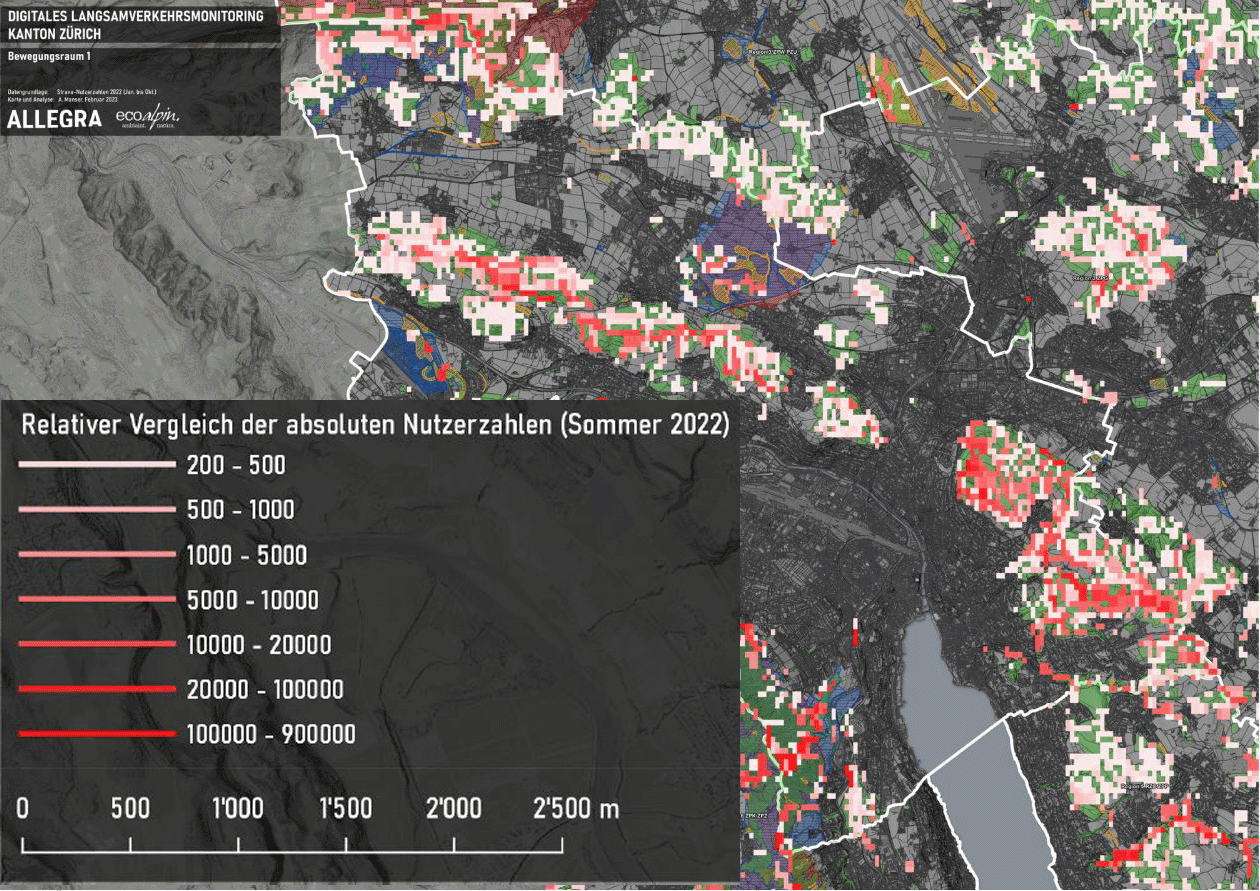
Frequency maps visualize trail usage intensity across different user groups. They help identify hotspots and guide the targeted allocation of resources for coexistence, maintenance, and trail management.
Flow trails can be very different. The trails are usually a little wider and are on the one hand beginner-friendly, suitable for first attempts at riding and families. However, flow trails can also be very jumpy for experienced riders. What counts is the flow, the smoothest possible riding behavior.
With hybrid user monitoring, we collect and visualize usage data across different trail segments and user groups. This allows us to identify hotspots and usage patterns — supporting targeted resource allocation for coexistence, maintenance, and trail management.
Business models for trail destinations focus on developing sustainable strategies that leverage the region’s unique characteristics — creating added value for visitors while driving growth in the local economy.
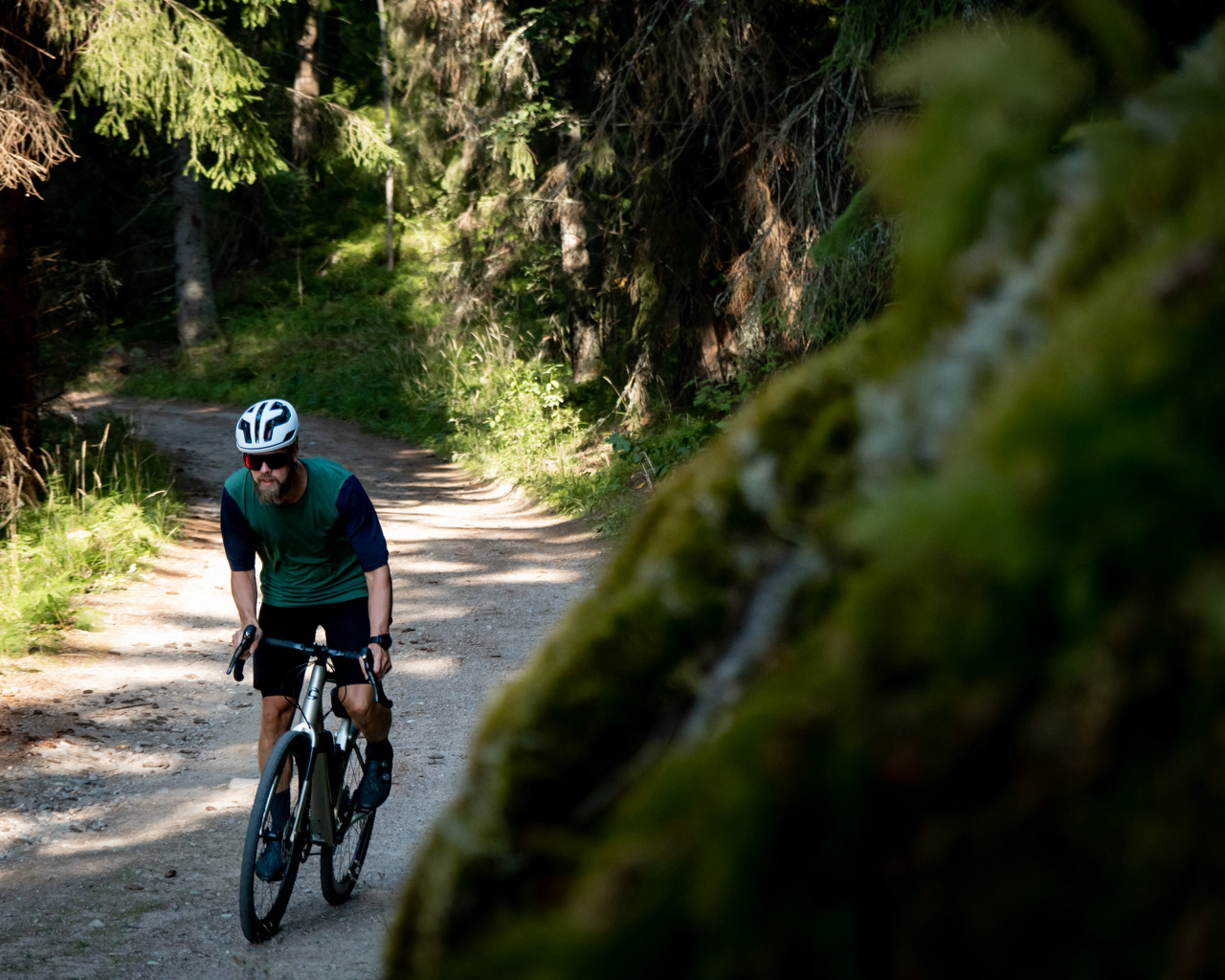
Gravel biking concepts develop off-road routes that utilize regional landscape features to offer a challenging riding experience and meet current cycling trends.

Curious about how users and trails interact within a network? Using monitoring tools, we measure frequencies and visualize the intensity of use of trails by different user groups.
Coexistence concepts define guidelines and measures to ensure the peaceful and respectful sharing of trails among different user groups, helping to reduce conflicts and foster mutual understanding.
Corridor planning focuses on the preliminary layout of individual trails. It considers spatial planning requirements, land ownership, and stakeholder input to provide a foundation for detailed design and environmentally responsible trail integration.
Conflict analyses in trail tourism examine the interactions between different user groups or between users and the environment in order to identify potential conflict points and address them proactively. Hybrid frequency monitoring, which provides reliable user data, can be used to make decisions based on user intensity, speed and numbers.
Conflict management in trail tourism includes strategic interventions and management practices aimed at resolving or minimizing identified conflicts to promote harmonious coexistence and sustainable trail use.
Trail user concepts for slow traffic promote sustainable mobility by integrating bicycle and trail use into regional traffic planning. They also enhance accessibility and safety for all trail users.
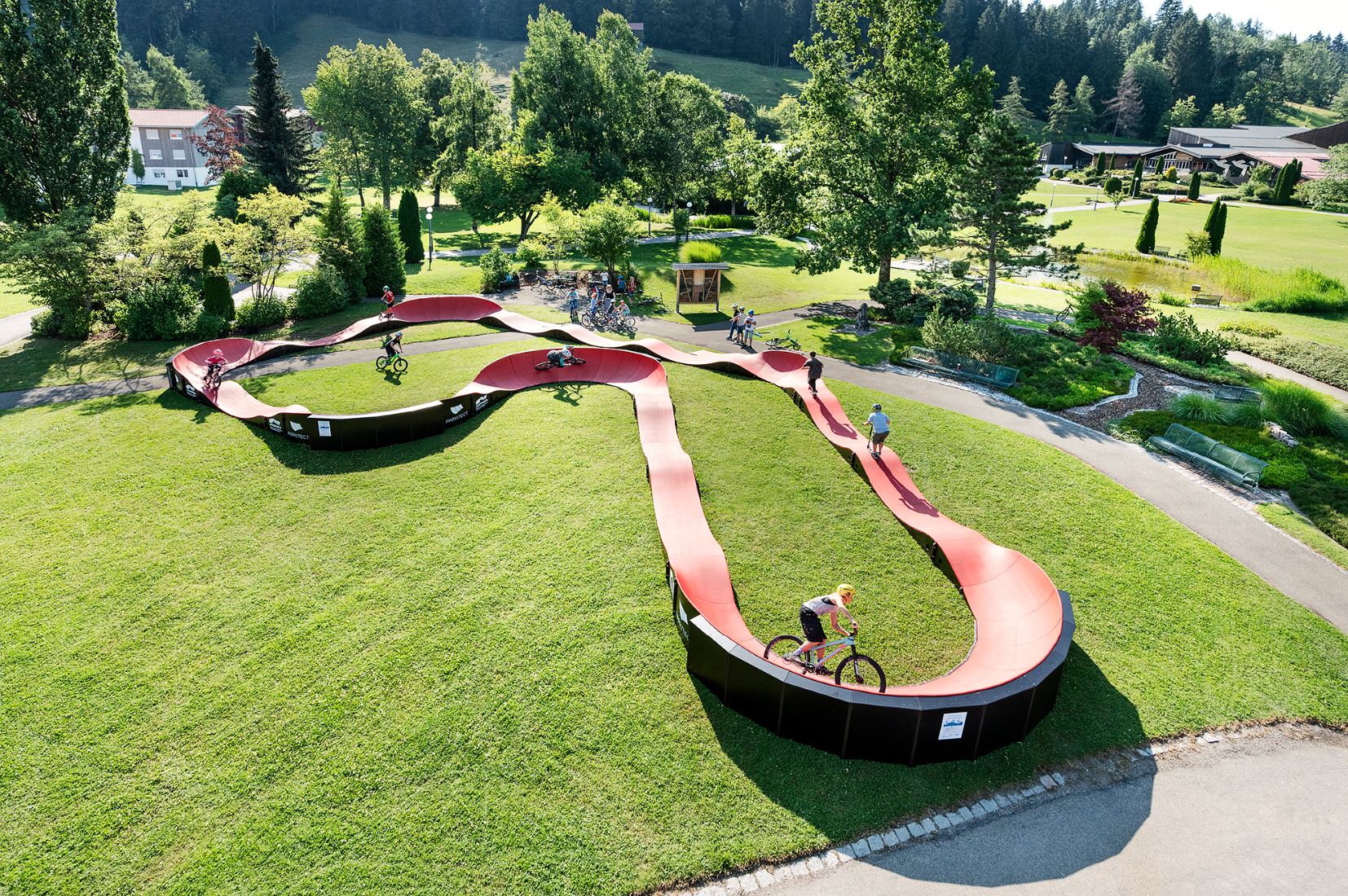
The movement-promoting solution for any open space, permanent or mobile: The modular pump track made of plywood, concrete or fiberglass is individually configured and brings flow to your area: For all roller sports equipment, all age groups, all skill levels and budgets.
Action plans in the area outline detailed procedures for correcting deficiencies identified in trail condition analyses to ensure the longevity and quality of the trail infrastructure and to optimize the user experience.
Feasibility and variant studies for trail destinations evaluate the feasibility of trail tourism projects, identify optimal development paths and help minimize risks and maximize chances of success.
Master planning in trail tourism creates a comprehensive network concept for a region or destination that integrates spatial planning aspects, land ownership and stakeholder interests to create a harmonious and future-oriented trail infrastructure.
Using the monitoring tool Nomad Counters, we measure frequencies and visualize the intensity of use of trails by different user groups. This enables the identification of hotspots and supports targeted resource allocation for co-existence, maintenance and management.
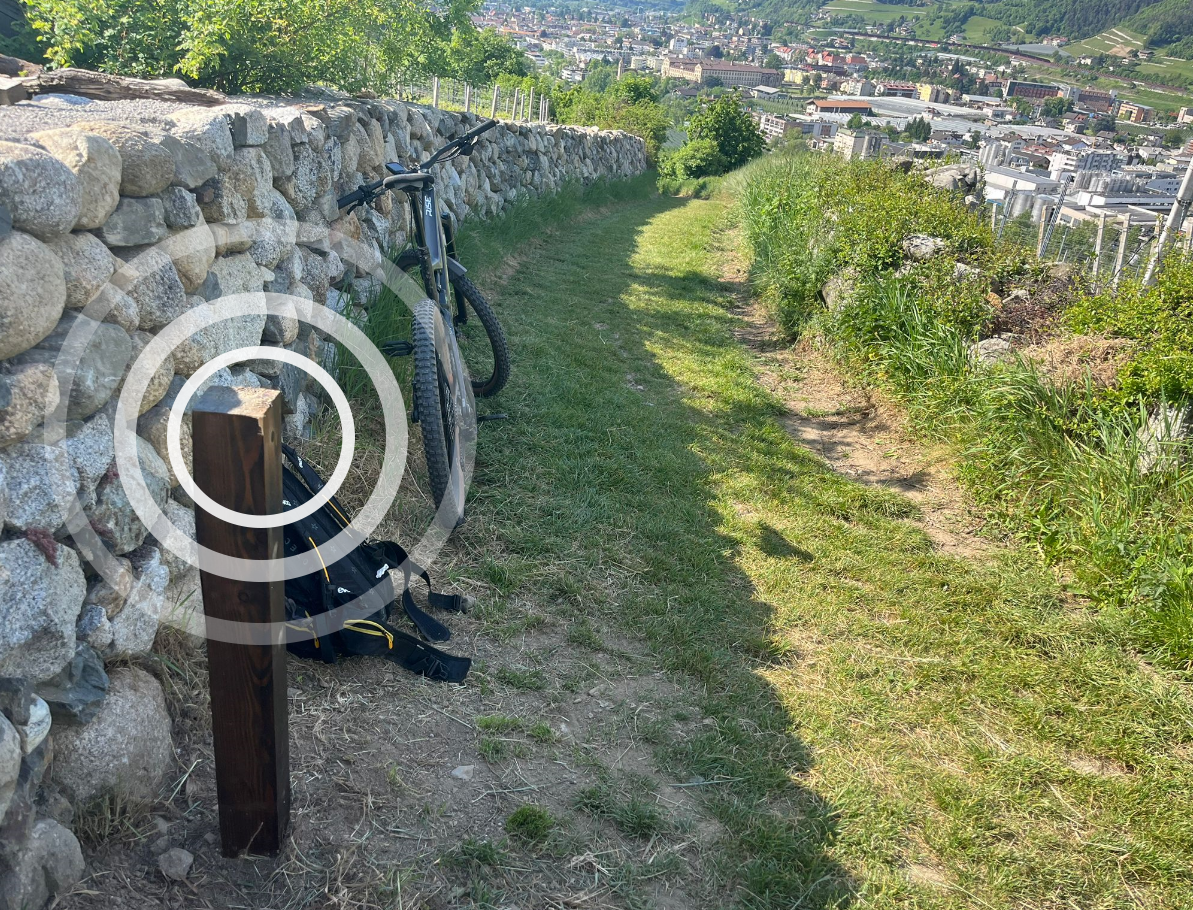
Do we actually know what is really going on on our trails, hiking or cycling routes? With the Nomad Counters we have a reliable tool to professionalize frequency measurement to the maximum. The Nomad Counters are very accurate and cost-effective.
Potential analyses for trail destinations provide detailed insights into a region’s current and future opportunities in the field of trail tourism in order to enable informed strategic decisions.
Our trail tourism route planning focuses on designing detailed trail connections and coherent networks. These are based on in-depth analysis of geographic conditions and user needs — resulting in ecologically sustainable, functional, and attractive trail systems.
ROI analyses for trail tourism projects deliver detailed insights into the return on investment by assessing the benefits achieved in relation to the costs incurred. These insights support well-informed and data-driven decision-making.
Stakeholder workshops serve as a forum for exchange and coordination between all relevant actors in order to define common goals, resolve conflicts and strategically plan trail development.
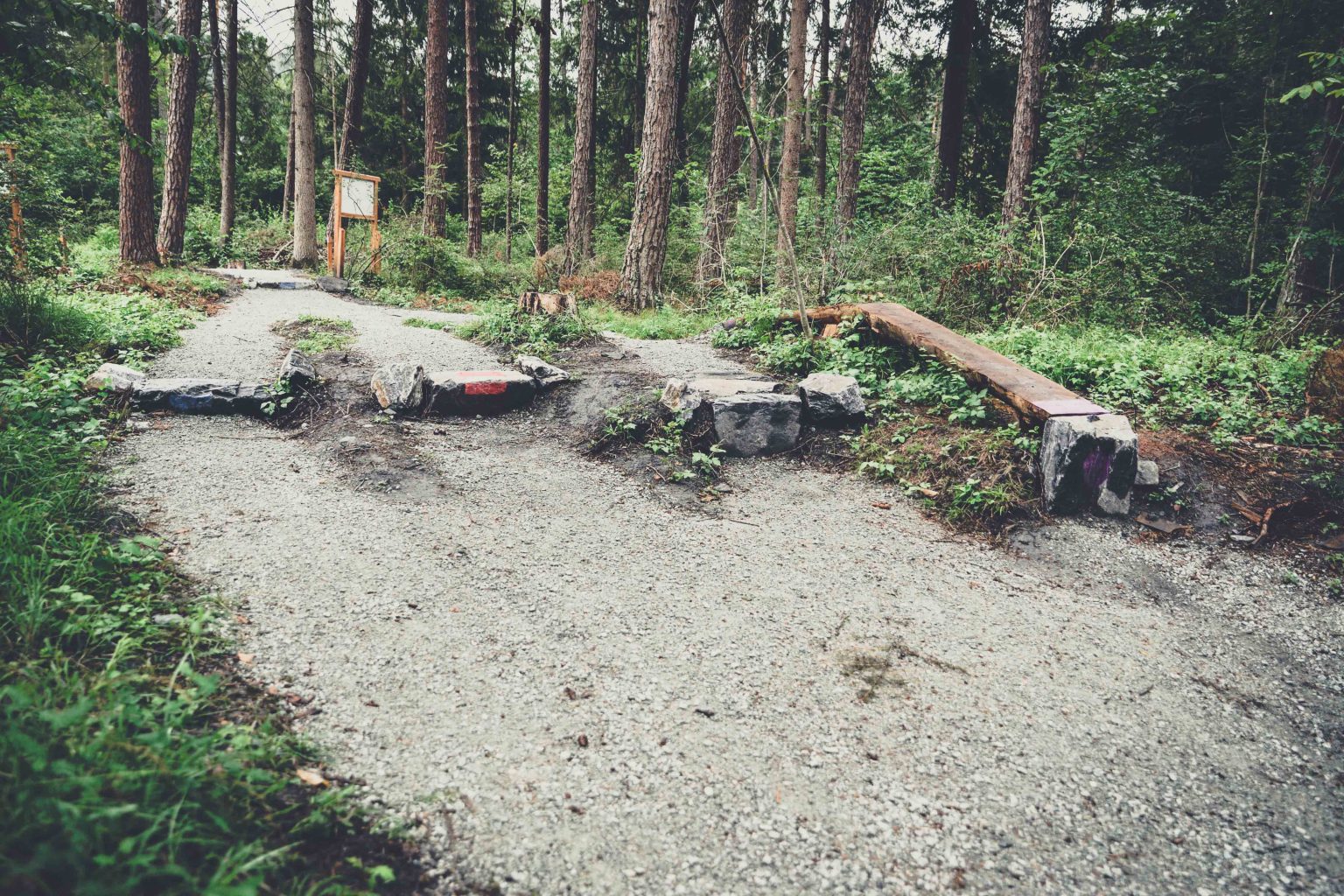
Trail destination signage concepts define uniform and intuitive signage systems that improve orientation, increase safety and ensure a consistent user experience on the trails.
Rehabilitation plans outline targeted measures to address deficiencies identified in trail assessments. These plans ensure the durability and quality of trail infrastructure while enhancing the overall user experience.
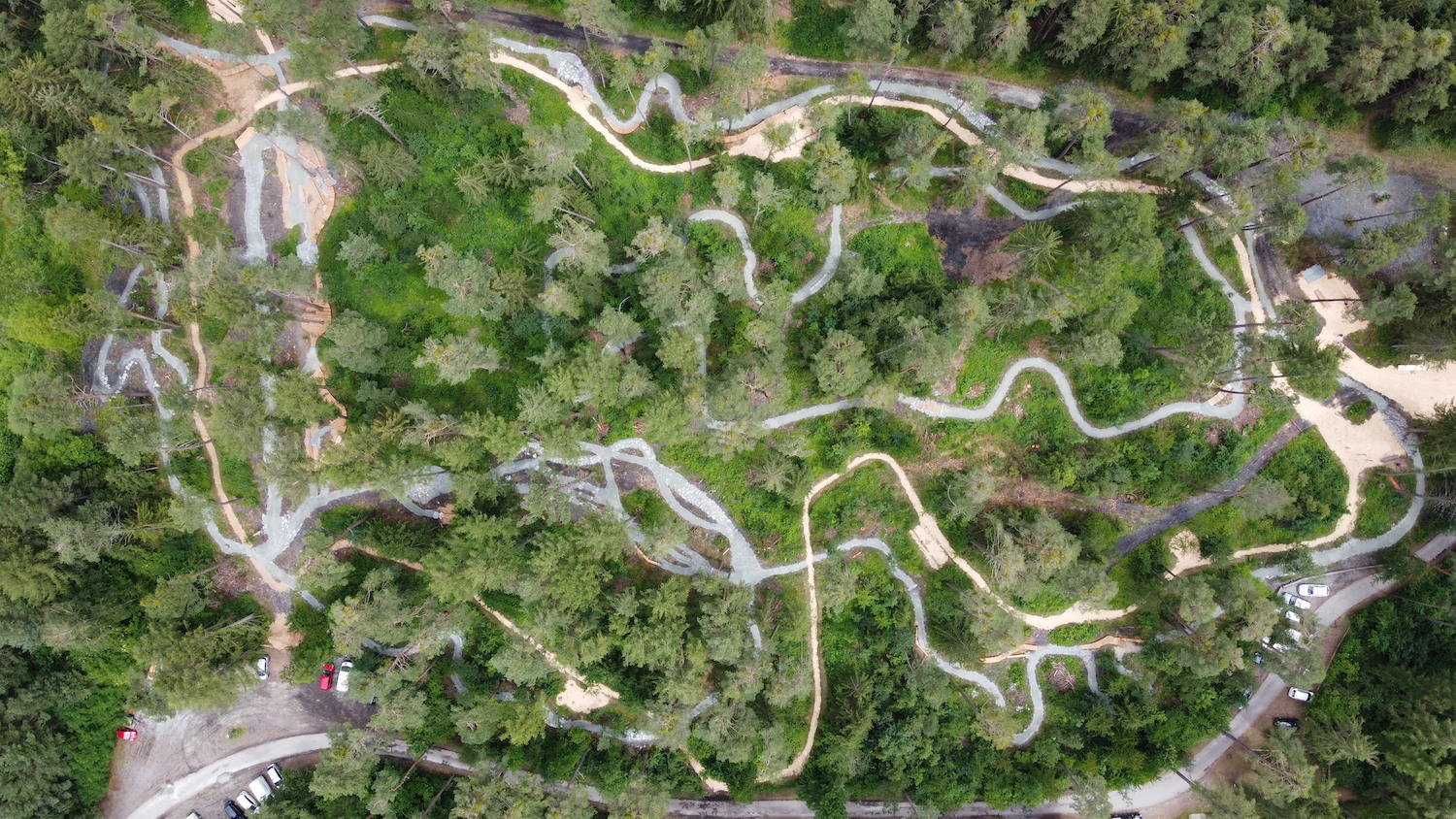
A "trail center" can be a small or very large area or forest, usually in an urban or tourist area. At the center are one or more central starting points, such as a sports field, lake, restaurant. From there, forest paths or uphill trails lead into the trail area, which can be designed in a variety of ways depending on the location. The focus is on the nature and shared excursion experience as well as personal exercise.
Trail Detail Planning transforms concepts into precise, executable plans and trail alignments that take into account specific terrain characteristics and define technical aspects of trails to design high-quality and sustainable trails.
Technical documentation supports trail planning with essential data and specifications, serving as a foundation for regulatory approvals and successful project implementation.
Maintenance training and trail building schools provide necessary knowledge and practical skills for building and maintaining trails to ensure their longevity and safety and to minimize environmental impact.
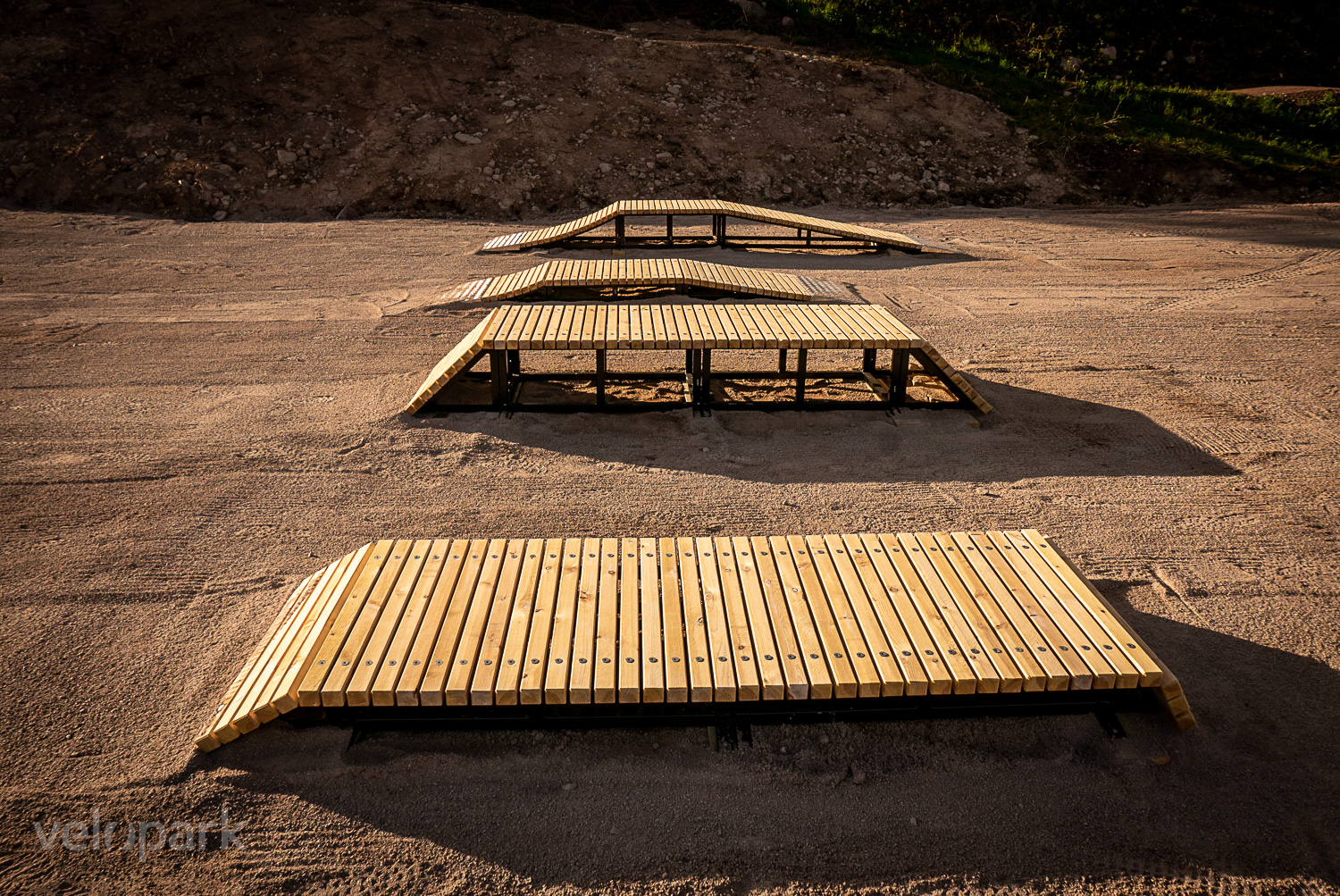
The VELOPARK modules can be generated into park concepts with different focuses. Even small areas are enough to get the maximum exercise for all age groups and skill levels on the bike.
Feasibility and variant studies for trail destinations evaluate the feasibility of trail tourism projects, identify optimal development paths and help minimize risks and maximize chances of success.
Trail Condition Assessment systematically evaluates the physical state of existing trails — identifying wear, erosion, and safety risks. The results are used to prioritize maintenance efforts, ensure user safety, and preserve long-term trail quality.
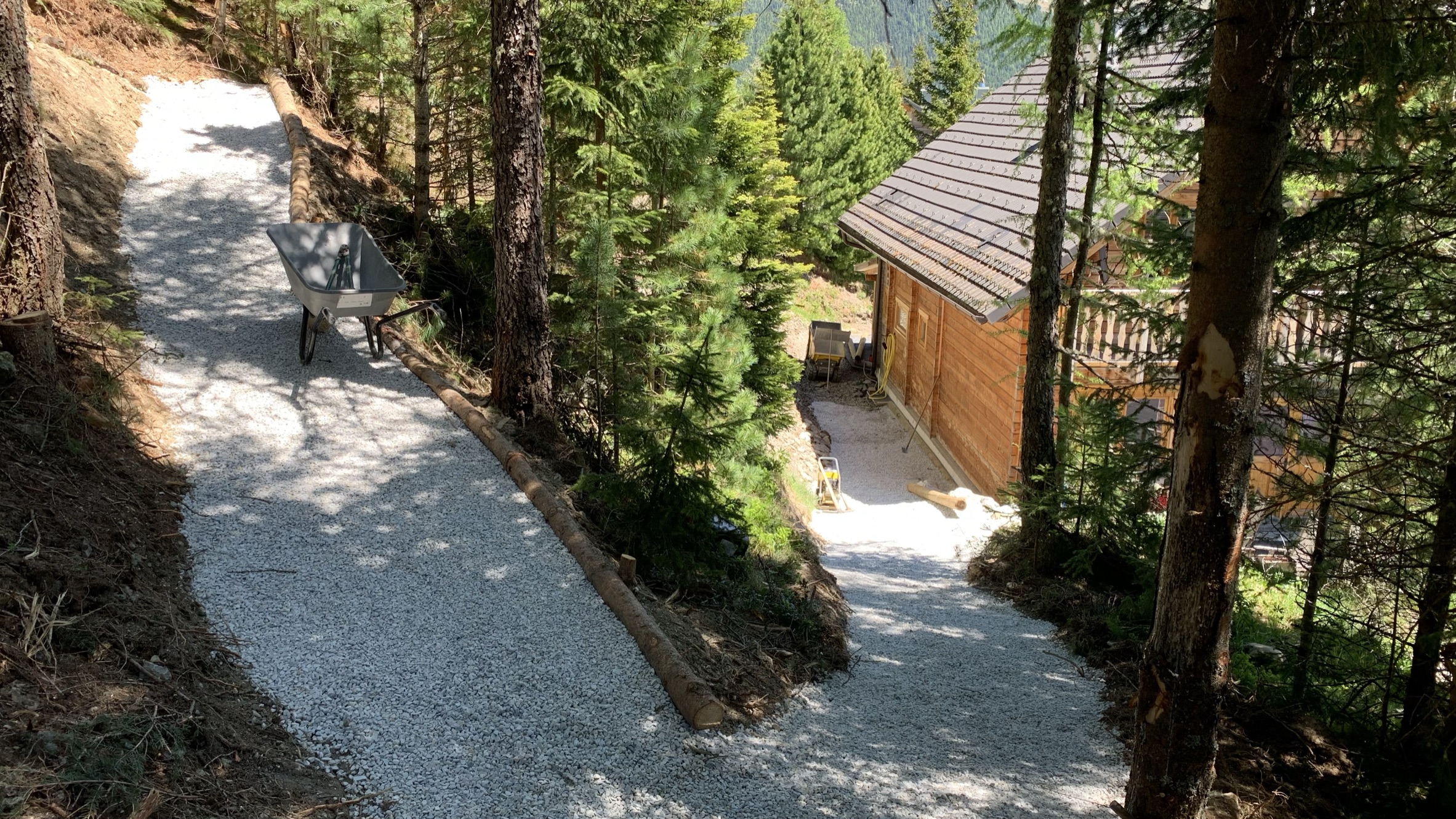
We also build, renovate, and adapt hiking trails to meet sustainability standards and user group needs. This includes structural maintenance, water management, and conflict resolution through technical trail design solutions.
An important issue when building and maintaining trails and hiking paths is whether the water can drain away. This can be easily influenced by side slopes, transverse grooves and the necessary know-how, both on steeper climbs and on wider and flatter trails.